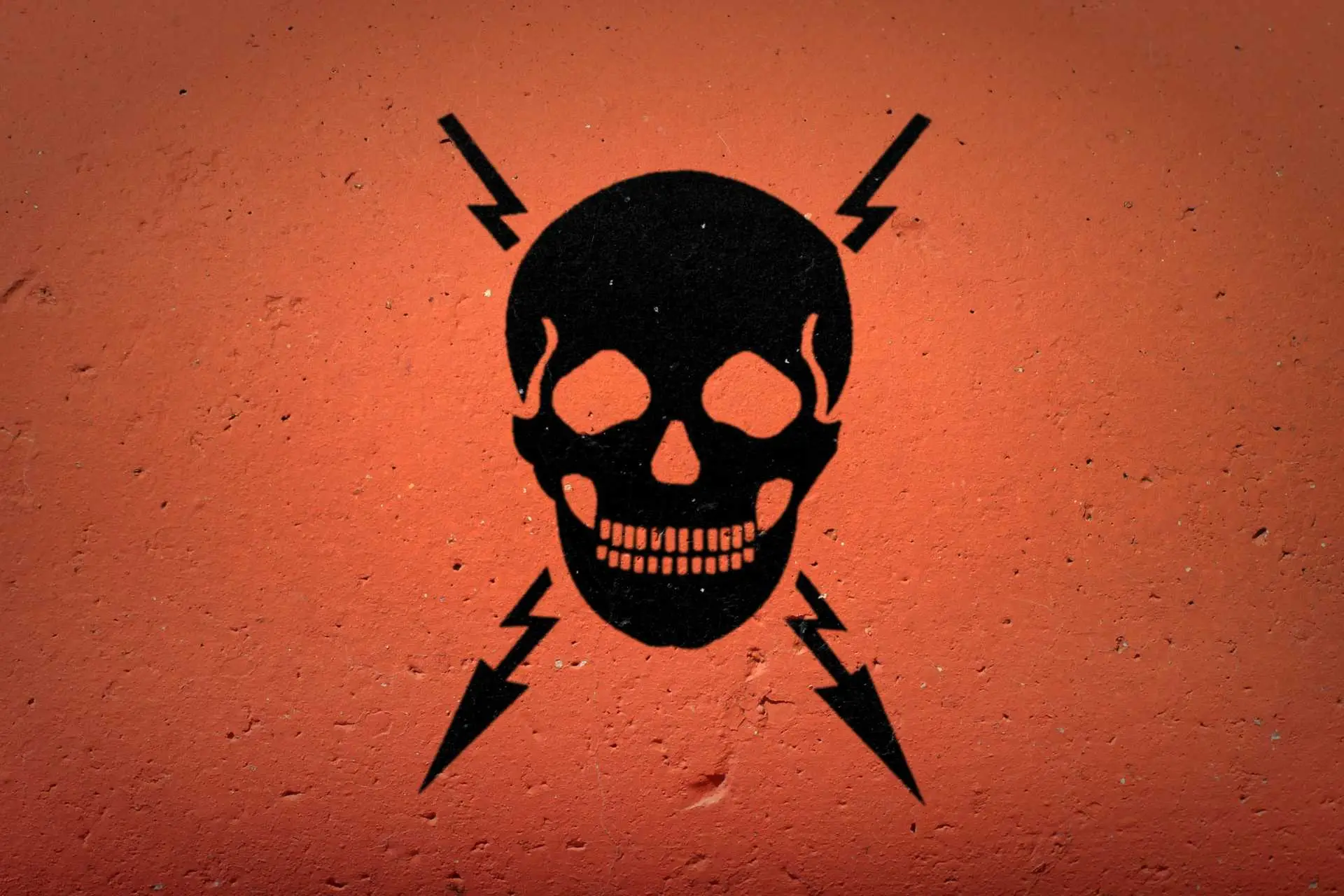Understanding the Cannabinoid Landscape
Cannabinoids are developing at an extremely quick rate, giving us access to wonderful experiences from HHC to THCP. Due to this rapid development, there have been certain rushes to produce an even wider range of cannabinoids through new methods. An example of such a method would be hydrogenation, which is how we get HHC. Hydrogenation is the addition of a hydrogen molecule, and when done to THC it produces HHC. However, not all of these methods are as safe as the tried and tested advantages of hydrogenation. As it is a simple procedure that changes a very small part of the molecule, it has an overall subtle but controlled and positive impact.
A different method is known as acetylation. Rather than a simple modification that simply adds a single molecule, this method adds an entire acetic acid. These are quite large and complicated collections of molecules which can significantly alter properties of the compound itself. When adjusting cannabinoids, especially this early in our understanding of them, it can be risky to aim for such a complex change. If hydrogenation is the equivalent of adding some spices to enhance a meal, acetylation is more like changing the ingredients around. This can lead to a variety of problems, which have recently started to pop up with consumers of THCPO and HHCPO.
THCPO and HHCPO, Dangers in the Cannabinoid World
THCP by itself is not a cannabinoid that has undergone an acetylation procedure, making it an enjoyable and potent cannabinoid. The same can be said for HHC. Recently, these compounds have been sold as acetylated alternatives in the form of THCPO (or THCP-O) and HHCPO (or HHC-PO). While there has been a lot of tweaking with cannabinoids, this particular change in the molecular structure has replicated a problem that was thought to have been largely stopped back in 2019. At that time, it was given a specific name: the EVALI (or E-Cig or Vaping Use-Associated Lung Injury) outbreak.
While vaping was being enjoyed by the majority of vapers, there was a sudden spike in lung diseases that had a link to vaping in 2019. Further investigation found that some companies had added Vitamin E Acetate which resulted in over 3000 hospitalisations and even 68 deaths over a 6-month span in America alone. When complex acetates are put under high temperature, such as via vaping, it releases a toxic gas called ketene gas. This has been classified as an exceptionally toxic gas which can cause serious lung damage by harming the cells in your lungs that help you get air into your blood. It is also linked with the formations of tumours and a high amplification of cancer risks. And when we are saying ’high’, we mean way beyond the realms of what is possible for even cigarettes to accomplish in years, in a couple of months. This 2019 experience now seems to be back to haunt us again with the synthetic cannabinoids THCPO and HHCPO.
THCPO and HHCPO is a Health Risk
This leads us to the main point of this article. Is THCPO dangerous? Is HHCPO dangerous? The answer seems to be a resounding yes. Research conducted by the American Chemical Society, the Centre of Disease Control, the University of North Carolina and many more institutions have directly linked these problems with the same extremely heavy acetylation process that THCPO and HHCPO undergoes. When you inhale THCPO or HHCPO, you will also inhale the toxic gas called ketene. This is regardless of the quality of the liquid, pen or product, as it is inherent in its molecular structure. The inhalation of ketene can cause severe lung damage even in low concentrations, making it particularly dangerous. This damage can initially be confused as typical symptoms of smoking, including:
- Shortness of Breath
- Coughing
- Chest Pains
As these symptoms evolve over time and you continue to inhale ketene gas over the course of a week to months can lead to more serious conditions such as:
- Fever and chills
- Diarrhea, nausea, vomiting and abdominal pain
- Rapid heartbeat
- Rapid and shallow breathing
These symptoms can initially be reduced with a combination of antibiotics, antivirals or corticosteroids to help fight any potential infection or inflammation that has been caused on top of these issues. However, most medical professionals are not sure if EVALI damage is completely reversible. While we all know that inhaling has its risks on the lungs, the aggressive and quick impact of acetate gases can heavily damage people who have been smoking for a very short time.
The Effects of THCPO and HHCPO
So, what are the effects of THCPO and HHCPO? These compounds are far more potent that THC. They can induce strong euphoric feelings, intoxication, relaxation or drowsiness. These effects can last for multiple hours, up to 8 or more, much like other potent cannabinoids in this sphere. It is estimated that they are more or less 30 times stronger than a THC baseline. Users generally report that they have a delayed effect compared to other cannabinoids. Furthermore, there have been user reports noting that THCPO and HHCPO highly increases their overall tolerance, making it difficult to get any good effects from other cannabinoids without waiting a week or longer for a tolerance reset. The acetylation process that causes the ketene gas is mainly used to increase the shelf-life of the product. This lets vendors keep the product for longer periods of time before having to reproduce batches and reducing waste.
Overall, the overall effects of THCPO and HHCPO can easily be found in terms of potency in other cannabinoids such as THCP and THCJD (or THC-JD) that do not produce ketene gas when heated and inhaled. With this in mind, it is sad to see that there are increases in lung injuries from the use of THCPO and HHCPO, when other products with the same effects are available.
Risks Associated with THCPO and HHCPO
To add to their overall toxicity, THCPO and HHCPO also have risks tied to lipid pneumonia. These compounds can essentially cause fat-like substances to accumulate in your lungs, indirectly giving you pneumonia. This is equally dangerous, as it is difficult to know that this accumulation is happening until the more serious symptoms start to appear.
While many cannabinoids can be enjoyed and even have potential medical applications, THCPO and HHCPO are risky variants. A public health warning in the Journal of Medical Toxicology was published in January 2023, calling out these potential dangers in the fear of another EVALI outbreak. The dangers associated with these synthetic compounds is something that we learned years back, and it would be a shame to taint the potential that cannabinoids have.
Here at HeroVapes, we continue to stay on top of the science and developments in the cannabinoid scenes to ensure that these types of products stay far away from all our clients. For now, it is best to stick to other cannabinoid alternatives and let ketene dangers such as THCPO and HHCPO stay in the past.

